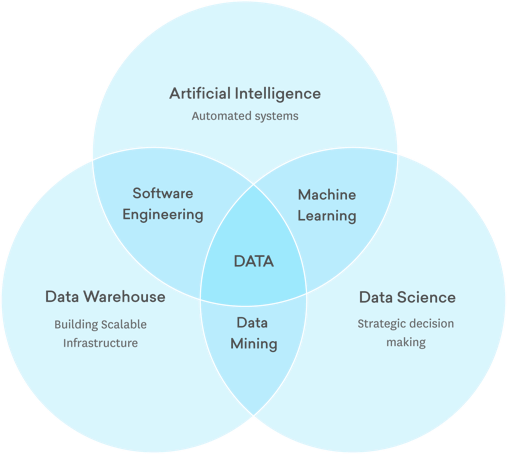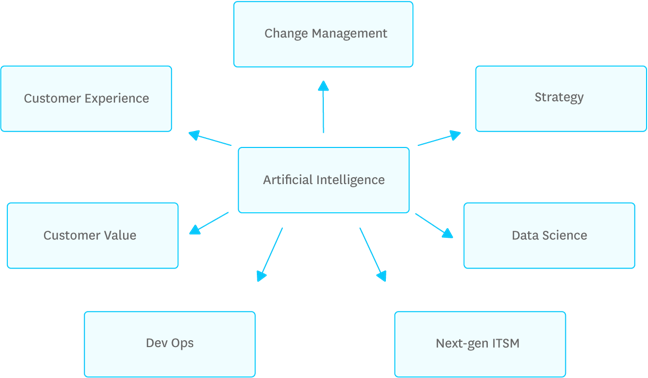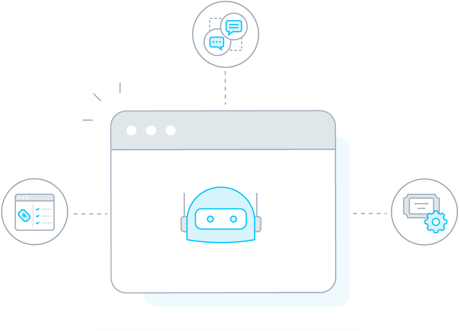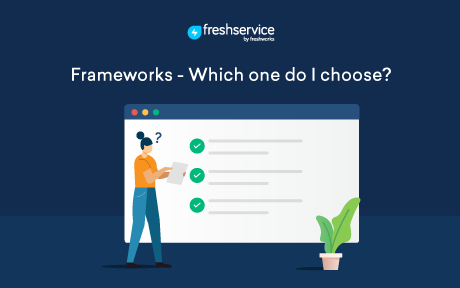Executive Summary
Today’s CIOs, CEOs have started Artificial Intelligence(AI) pilot experiments in their organizations. Service desk handles different types of routine and non-routine tasks on a day to day basis. Gartner reports that IT organizations spend 66 percent of their resources on day-to-day operations, in “keeping the lights on” activities. End users who are millennials and Gen Z demand better experience. Artificial Intelligence, AI technologies leverage the power of data to draw predictions and automate processes to meet customers’ expectations.
Driverless cars, virtual assistants and robots are one among us today which are powered by AI technologies such as Natural Language Processing (NLP), Machine Learning (ML) or voice assistants. These technologies are no longer a hype but a reality today in many businesses. AI is a long-term investment which takes time and resource to plan, execute and realize benefits. 2018 would be the year when businesses create new roles and investment in AI and analytics. According to Gartner, “By 2020, the average person will have more conversations with bots than with their spouse.”
While AI & ML have already set their footprints in e-commerce, automobile and other industries, IT has just started embracing these trends. IT Service Management (ITSM) has a huge potential to benefit from AI as service desk agents perform a variety of transactional tasks. But, it is important to understand the basics of AI, impact of AI adoption and do some groundwork before implementing.. AI helps IT to meet the growing expectations of users in terms of faster service and latest technology. Digitalization drives AI to leverage data and accelerates business performance.























